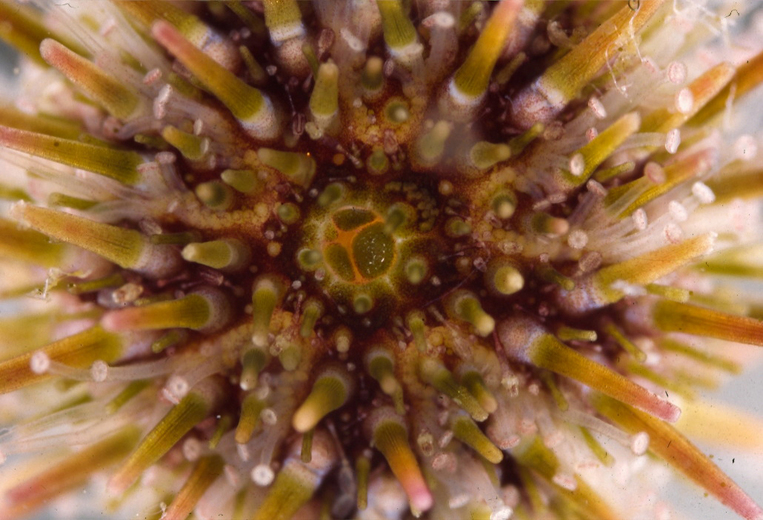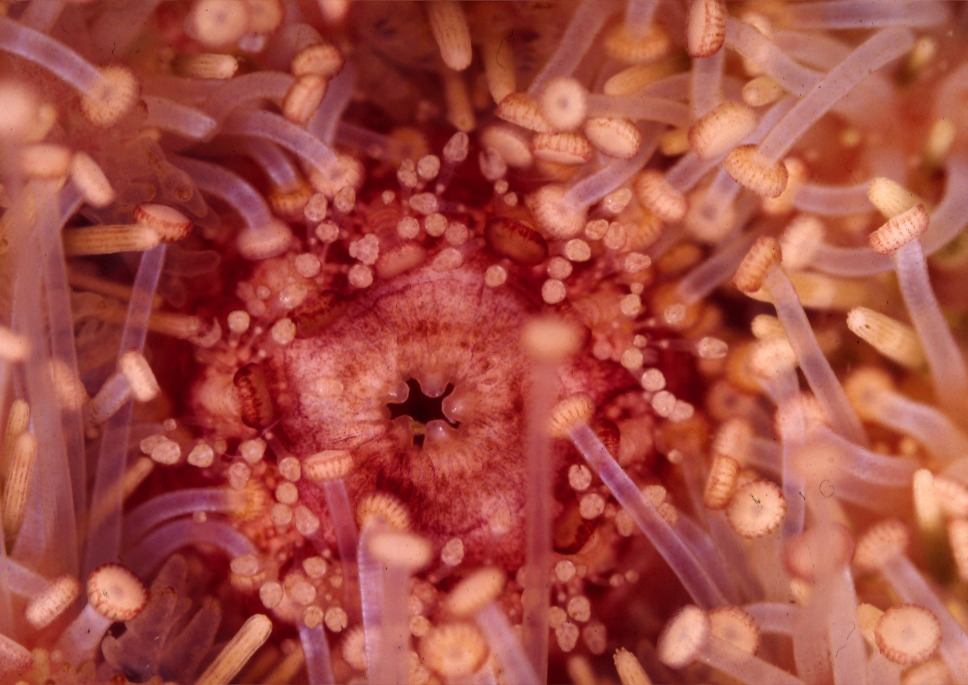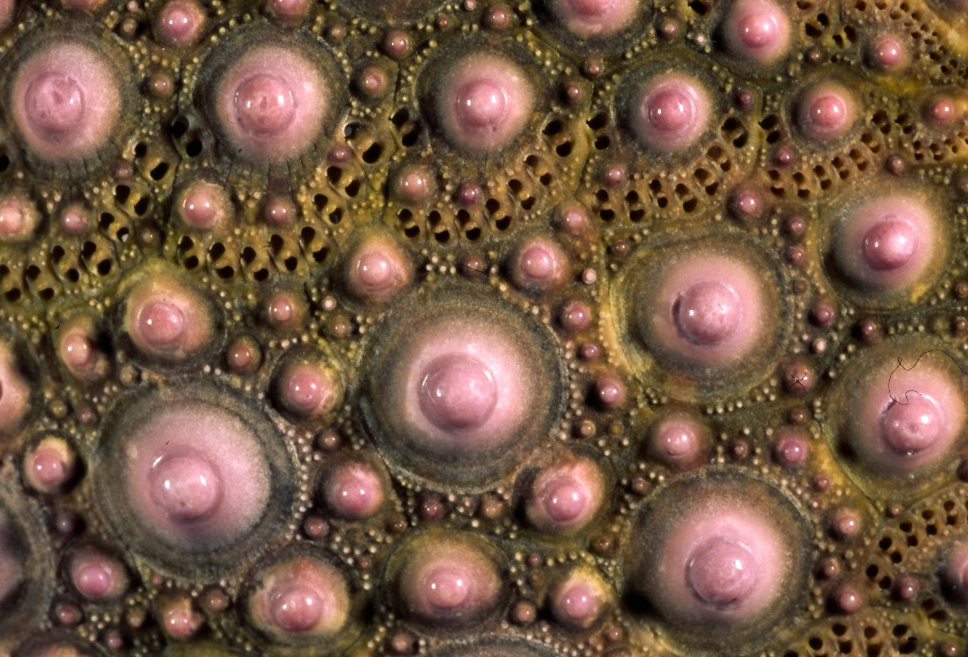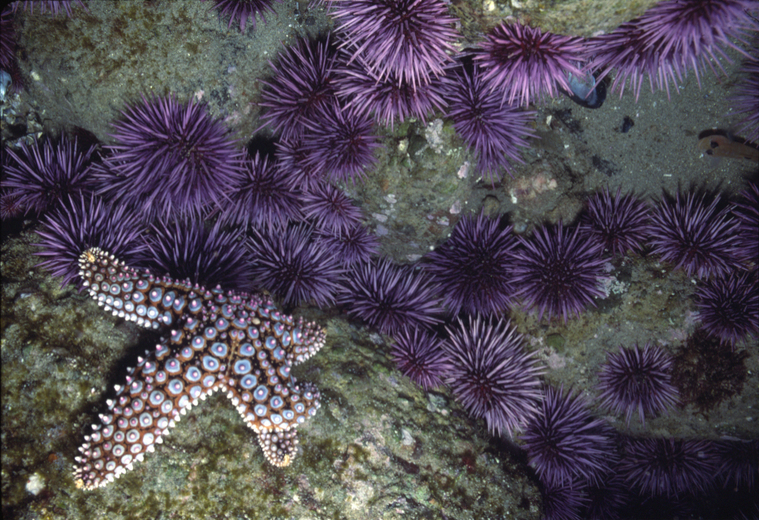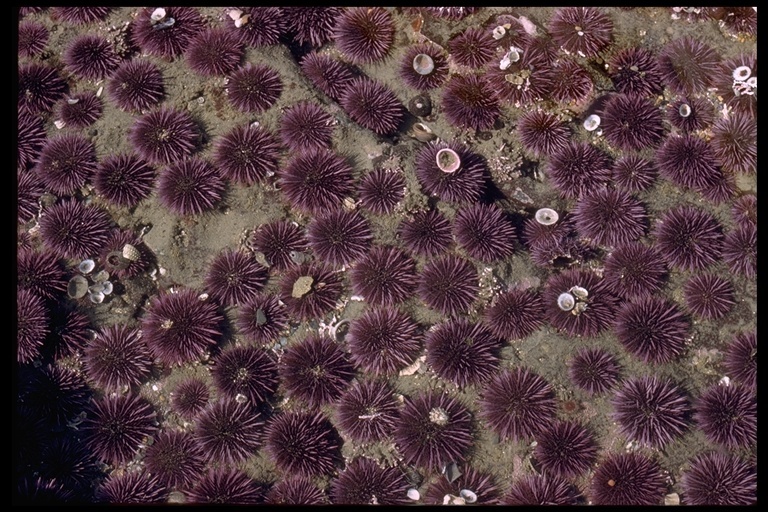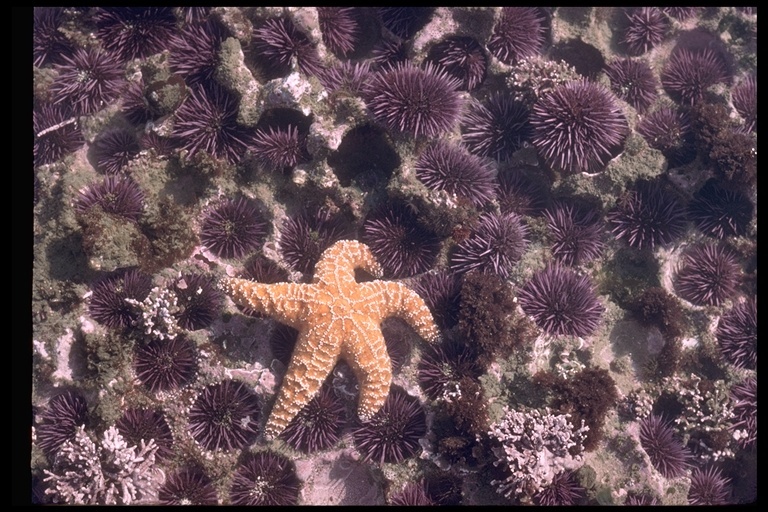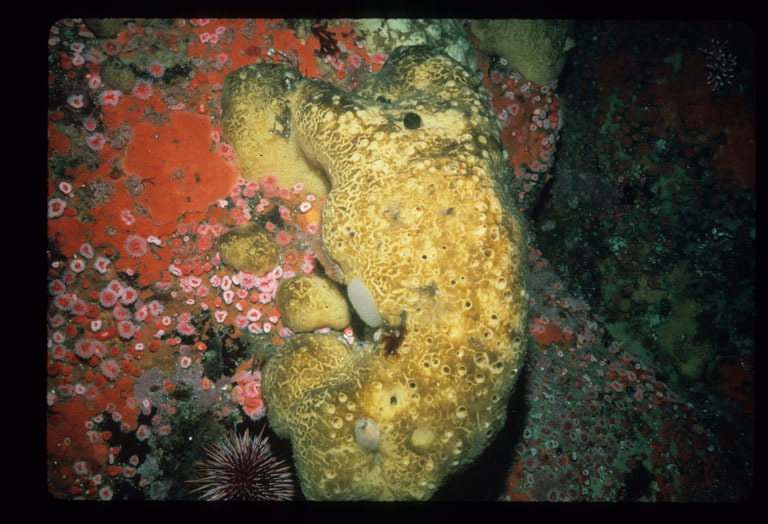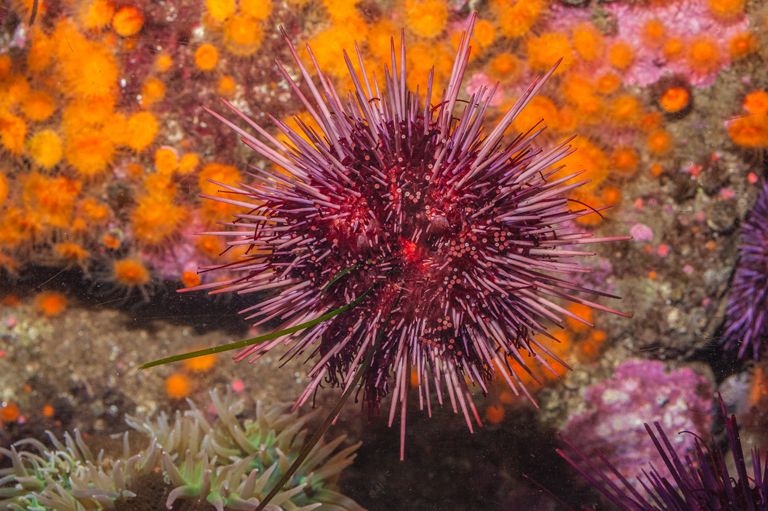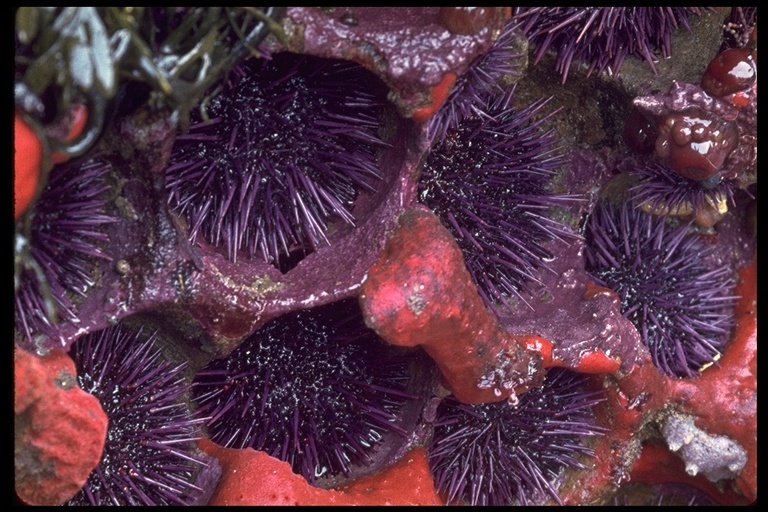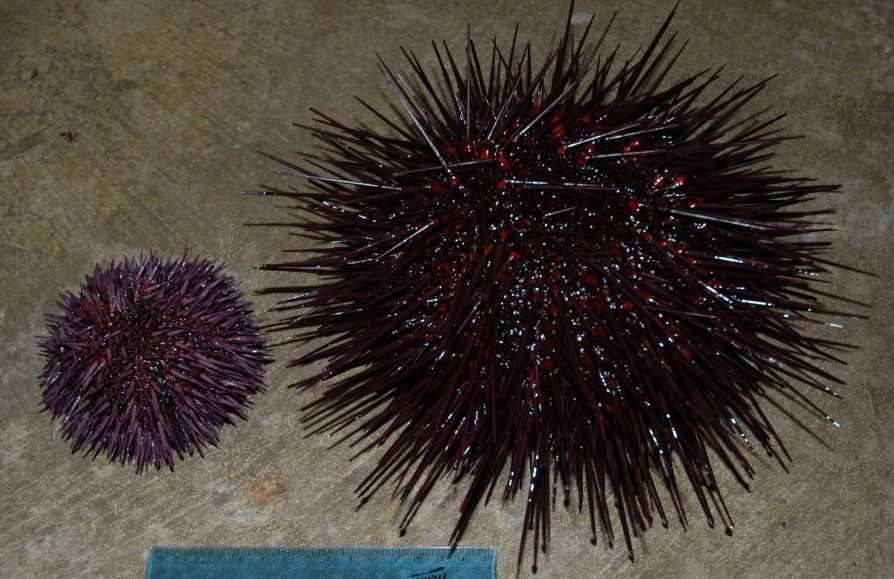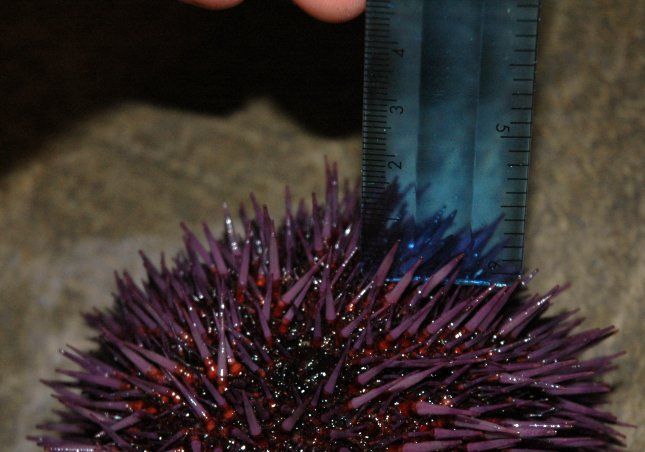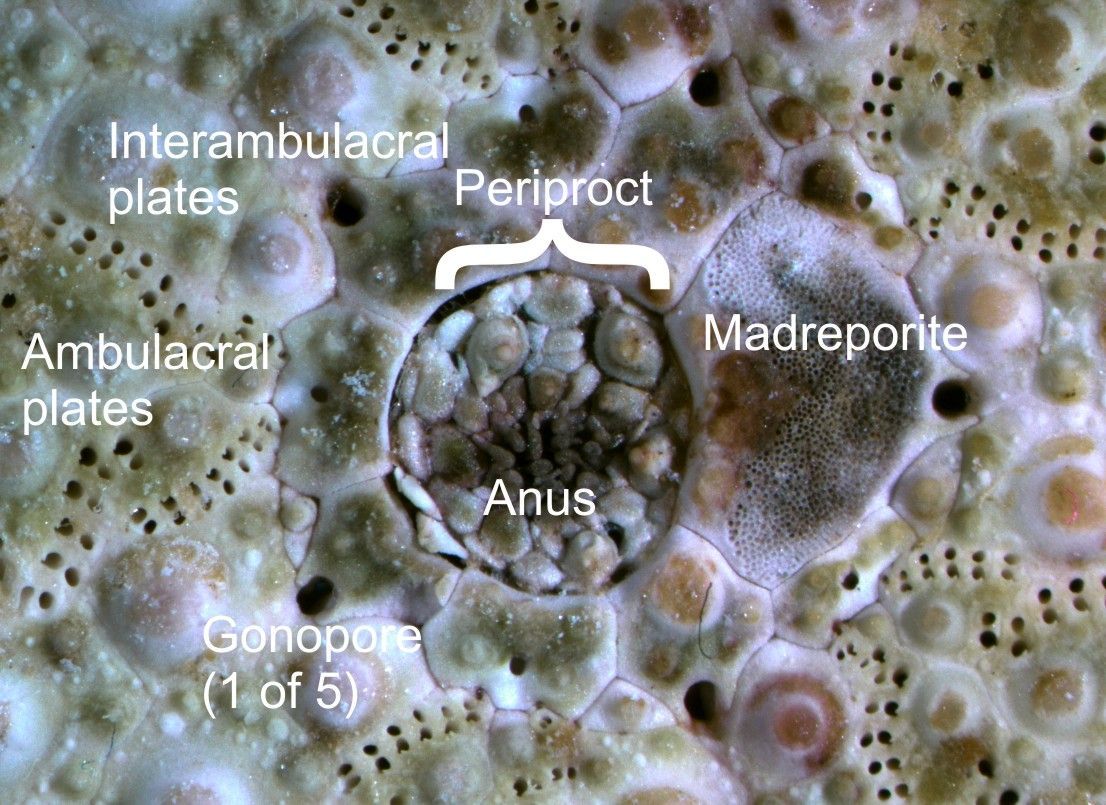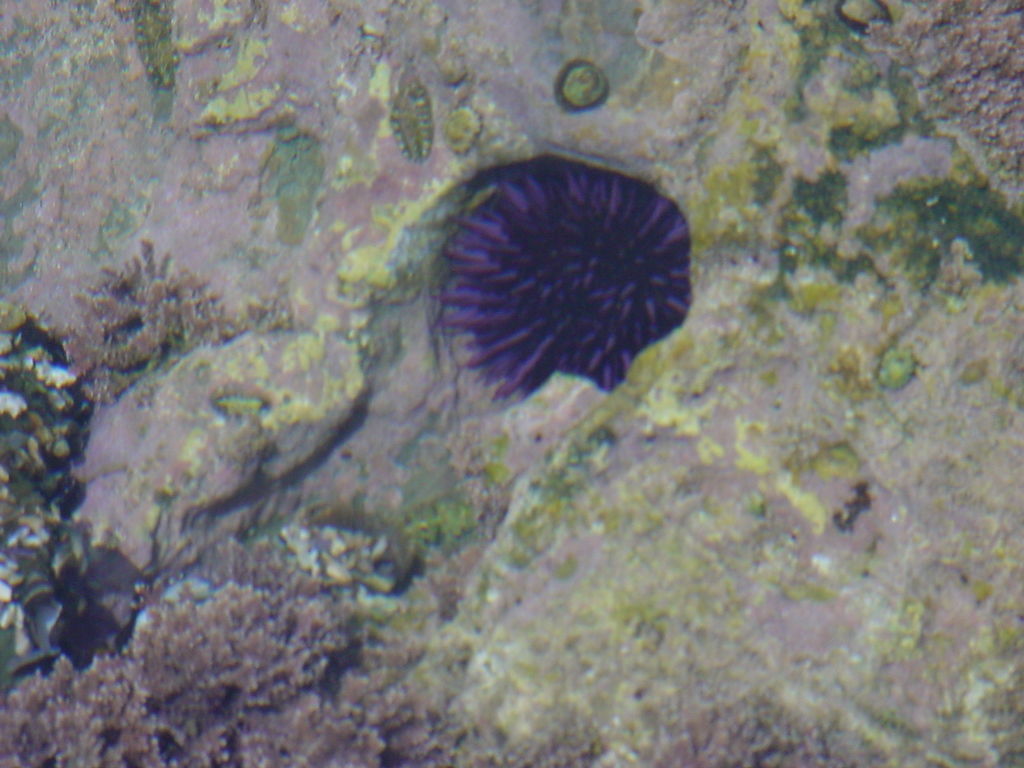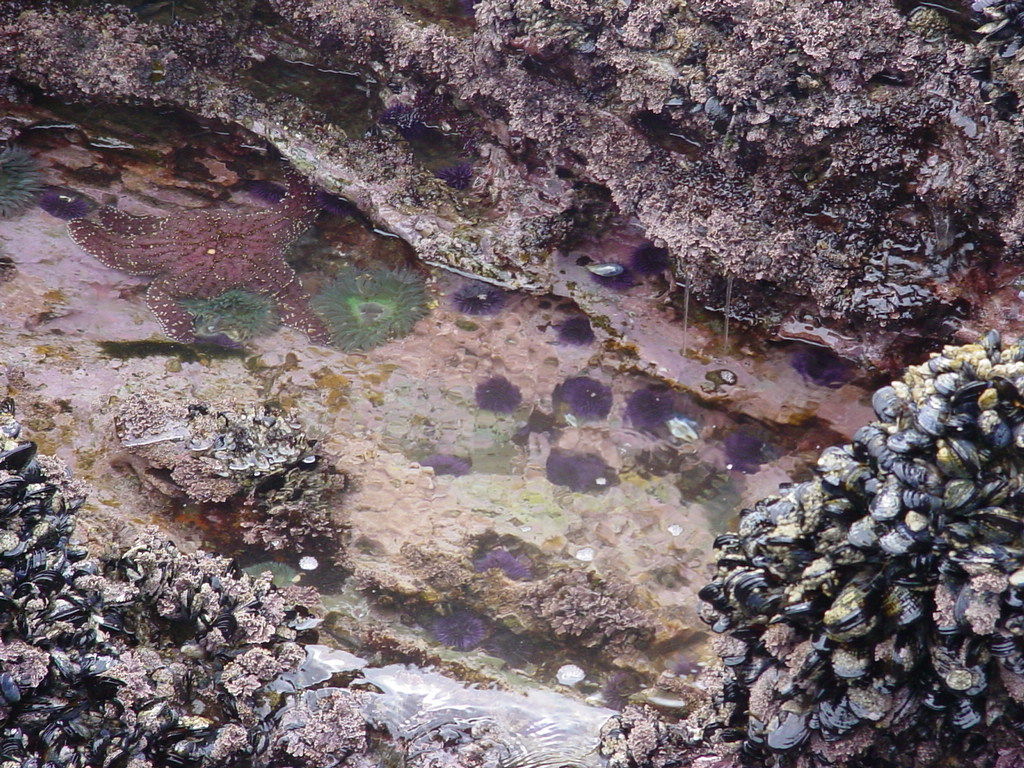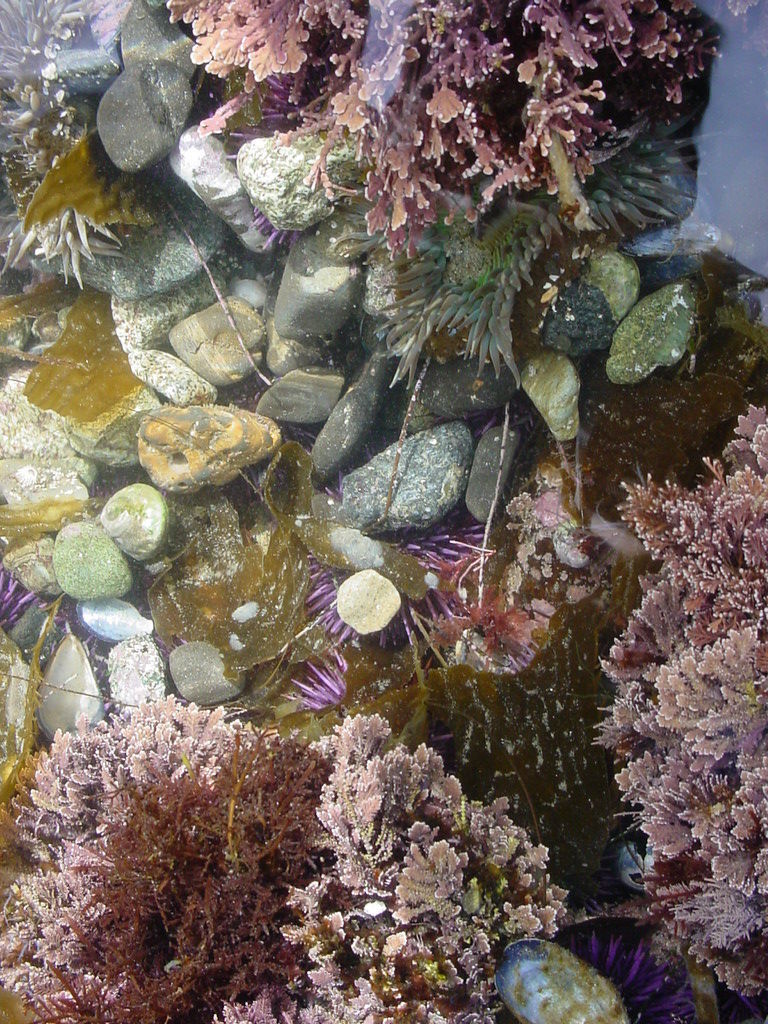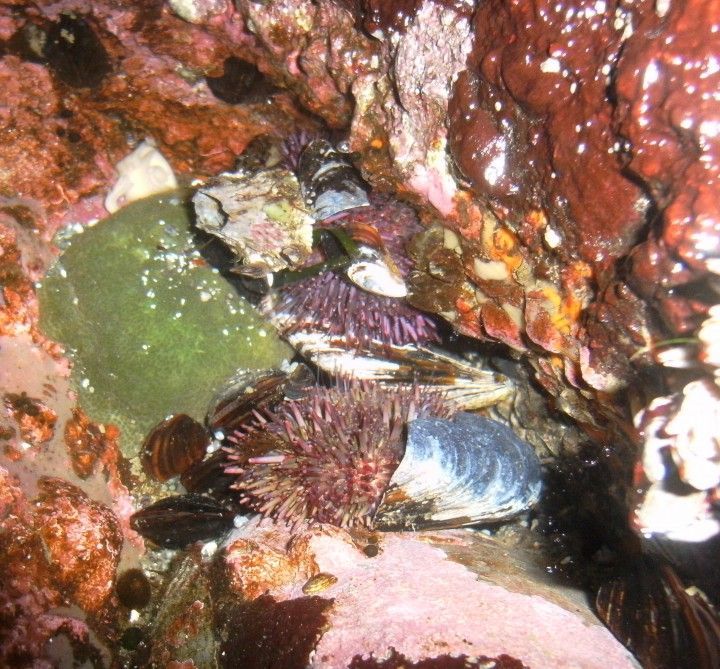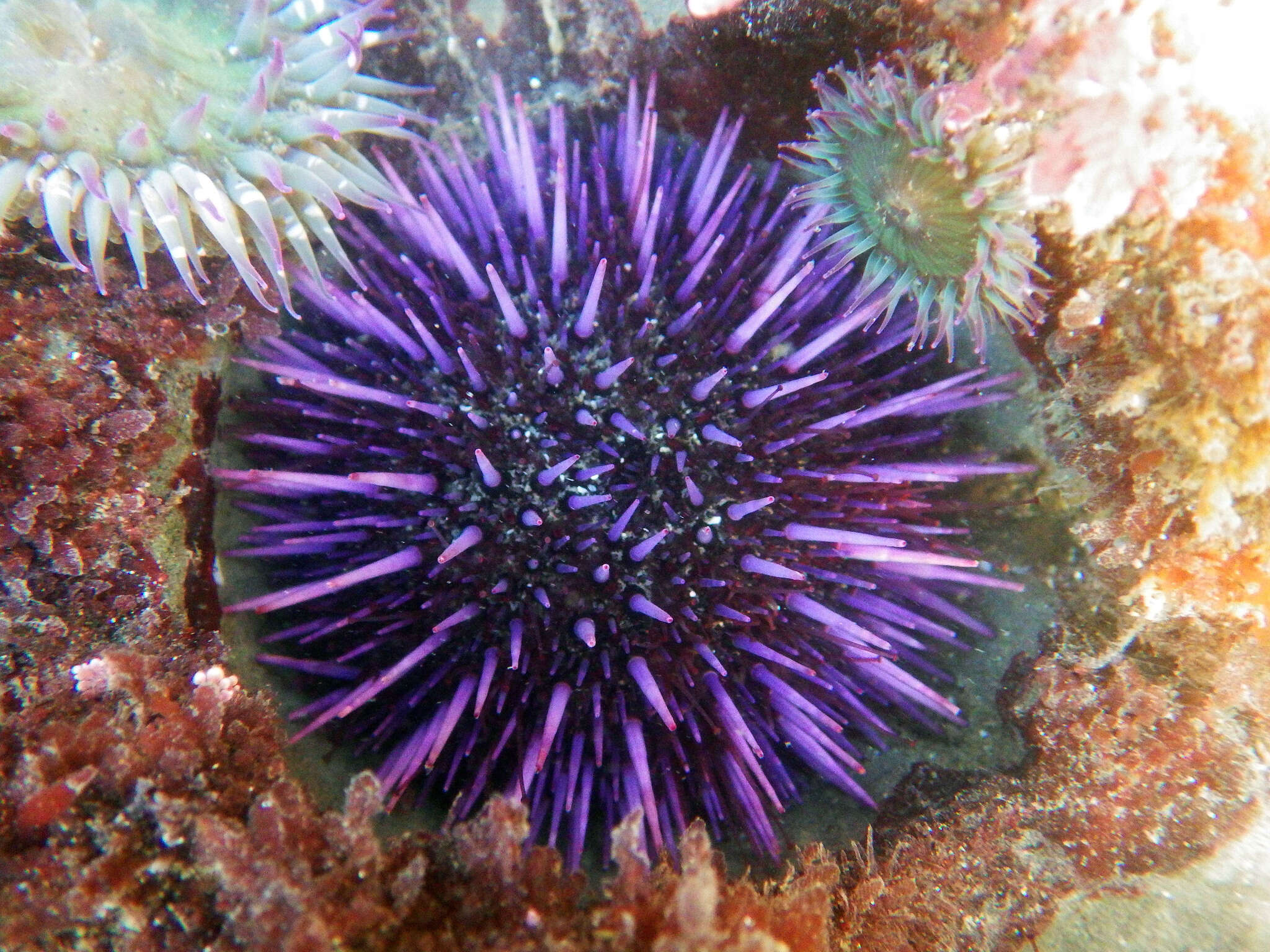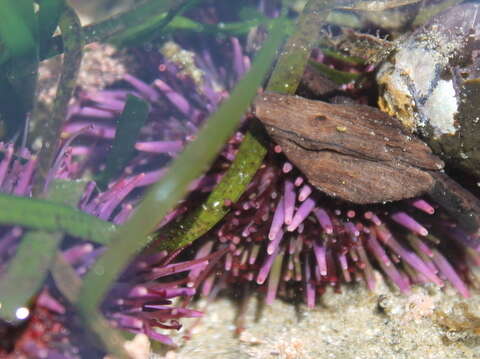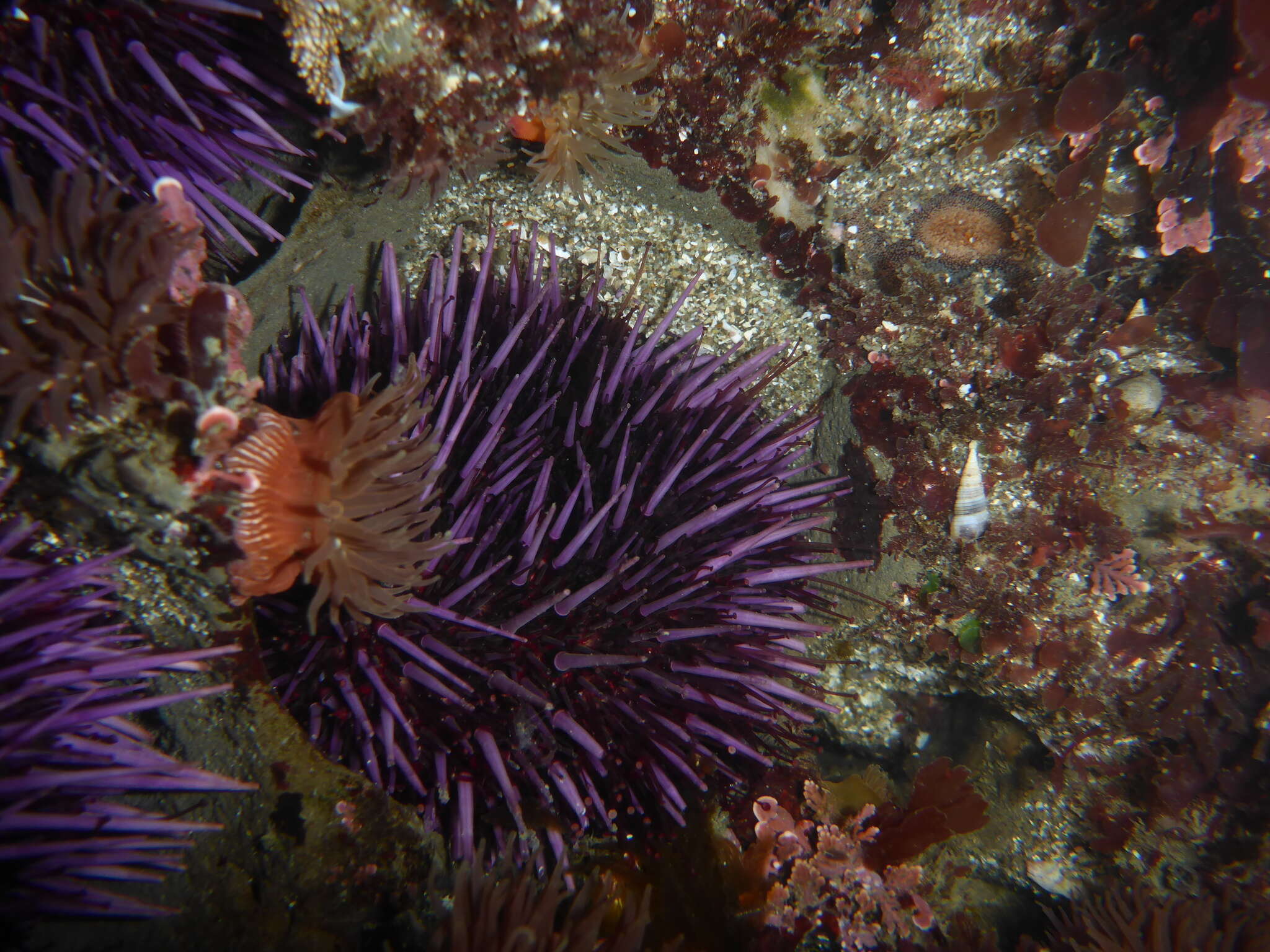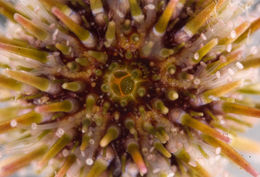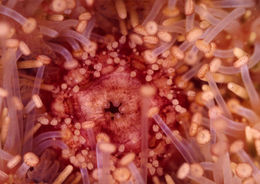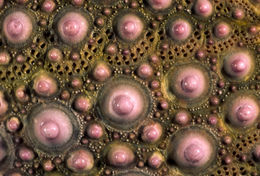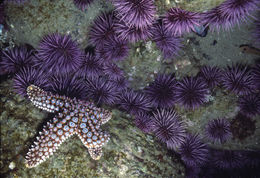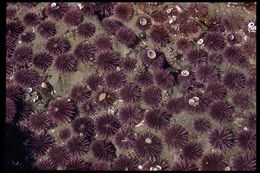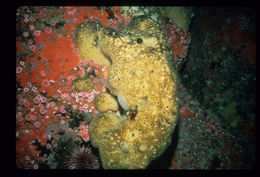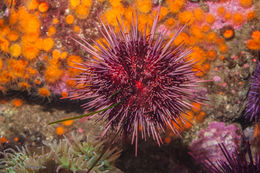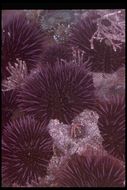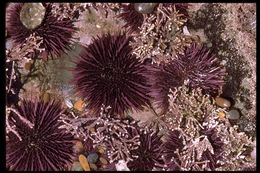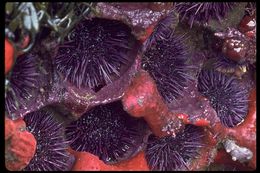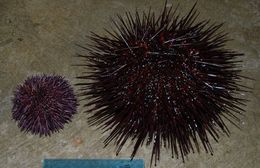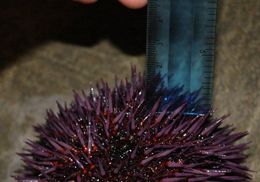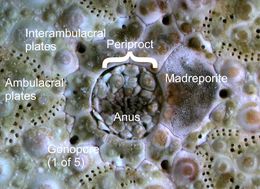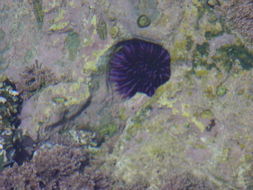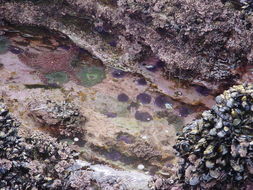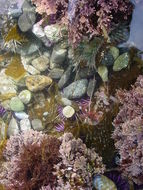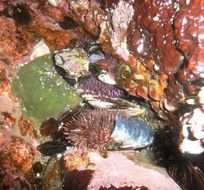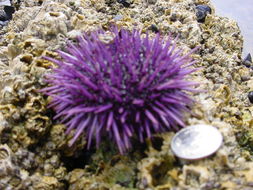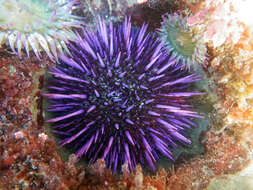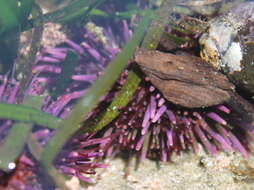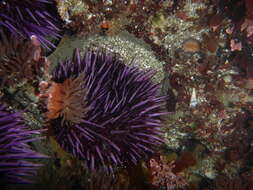-
2012 California Academy of Sciences
CalPhotos
Scleractinia, Porifera
-
2005 California Academy of Sciences
CalPhotos
Aboral (top) surface of purple urchin showing anus surrounded by spines, pinchers, and tube feet.
-
2005 California Academy of Sciences
CalPhotos
Closeup showing the urchin's chewing apparatus, 'Aristotle's lantern.'
-
2005 California Academy of Sciences
CalPhotos
Skeleton of purple urchin shows convex points of attachment of spines and openings for branches of the water vascular system that serve the tube feet.
-
2006 California Academy of Sciences
CalPhotos
Depth 24 m. For about two years, purple urchins denuded a localized patch of sea floor at moderate depth. We do not know why the sea otter did not prevent this localized catastrophe.
-
2002 California Academy of Sciences
CalPhotos
-
2002 California Academy of Sciences
CalPhotos
with sea star
-
2012 California Academy of Sciences
CalPhotos
Porifera, Nudibranch?
-
2014 California Academy of Sciences
CalPhotos
The purple sea urchin, Strongylocentrotus purpuratus, lives along the eastern edge of the Pacific Ocean.
-
1999 California Academy of Sciences
CalPhotos
-
1999 California Academy of Sciences
CalPhotos
purple sea urchin with coralline algae
-
1999 California Academy of Sciences
CalPhotos
sea urchins with red sponge
-
Strongylocentrotus purpuratus (left) is much smaller than its relative Strongylocentrotus franciscanus (right), and has shorter spines. Photo by Dave Cowles, July 2005
-
The spines of S. purpuratus are only about 2 cm or less long, as contrasted with the longer spines of S. franciscanus.
-
This view shows the intricate network of plates and openings on the aboral side of the urchin. The periproct plates in particular are weakly held together and often collapse after the animal dies. The 5 gonopores are located in 5 genital plates arranged around the periproct. One of the genital plates is also the madreporite. Clicking the image will take you to a larger, unlabeled version. Photo by Dave Cowles, Oct 2012.
-
-
This species is often found within holes they grind in rock (probably over multiple generations) with their teeth and spines. They may even erode holes in steel pilings by flaking off rust. The photos above and below were taken at Little Corona del Mar, CA by Dave Cowles, March 2005
-
The species often covers itself with rocks and algae, which it holds onto with its tube feet, as seen in this tidepool at Dana Point, CA Photo by Dave Cowles, March 2005
-
These individuals in a Cape Flattery tidepool have covered themselves with fragments of shells and dead barnacles. Photo by Dave Cowles, July 2010
-
Strongylocentrotus purpuratus, Little Corona del Mar, CA (Photo by: Dave Cowles, March 2005)
-
Strongylocentrotus purpuratus is not the primary subject of the video clip; the primary subject is Asterina miniata (Bat star). Eastern North Pacific Ocean, Duration 31 seconds
-
-
-



